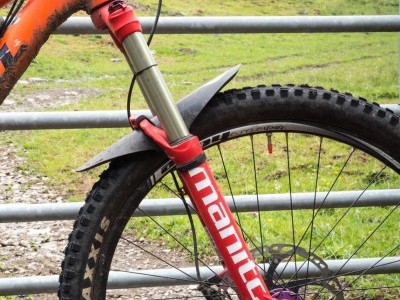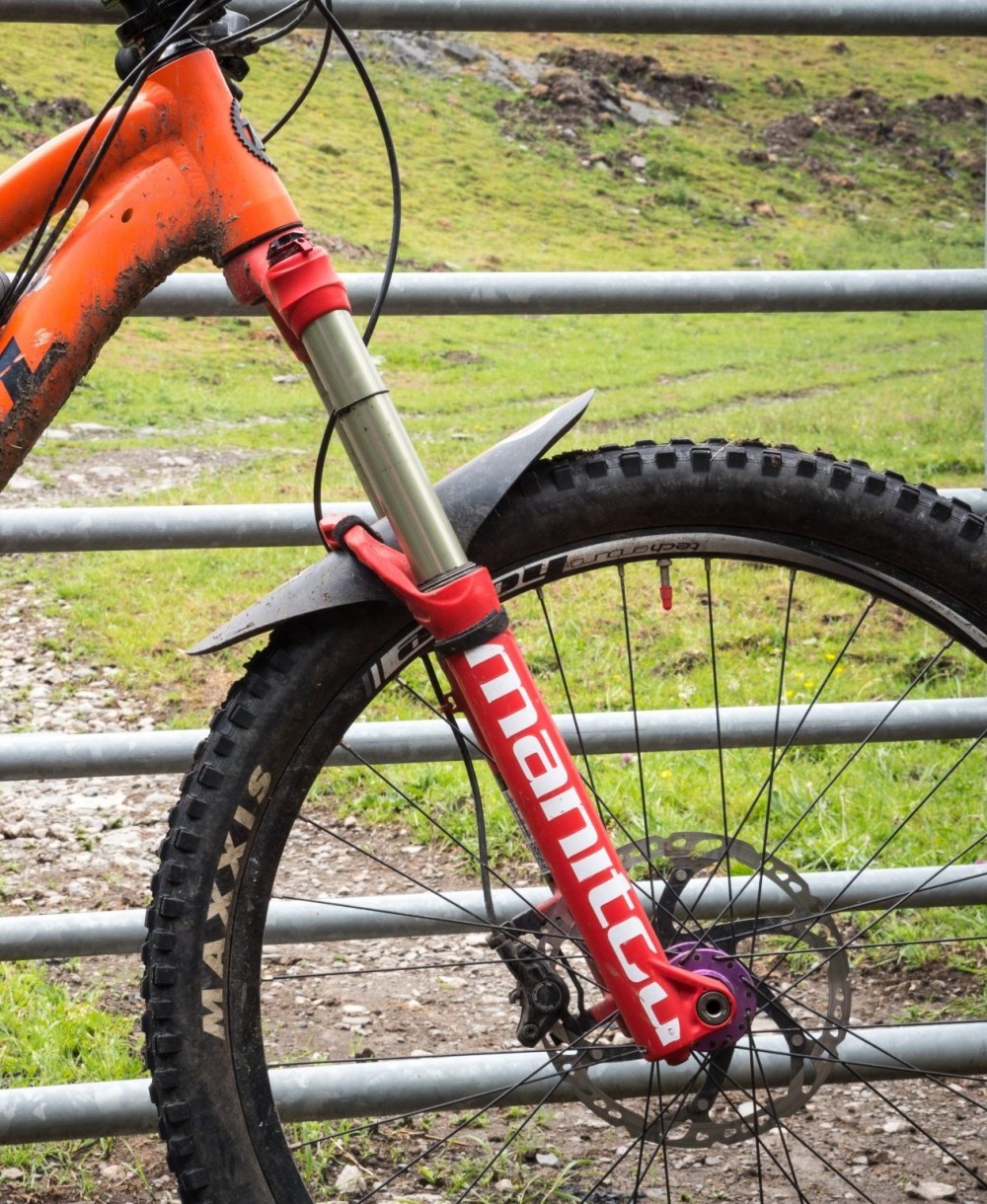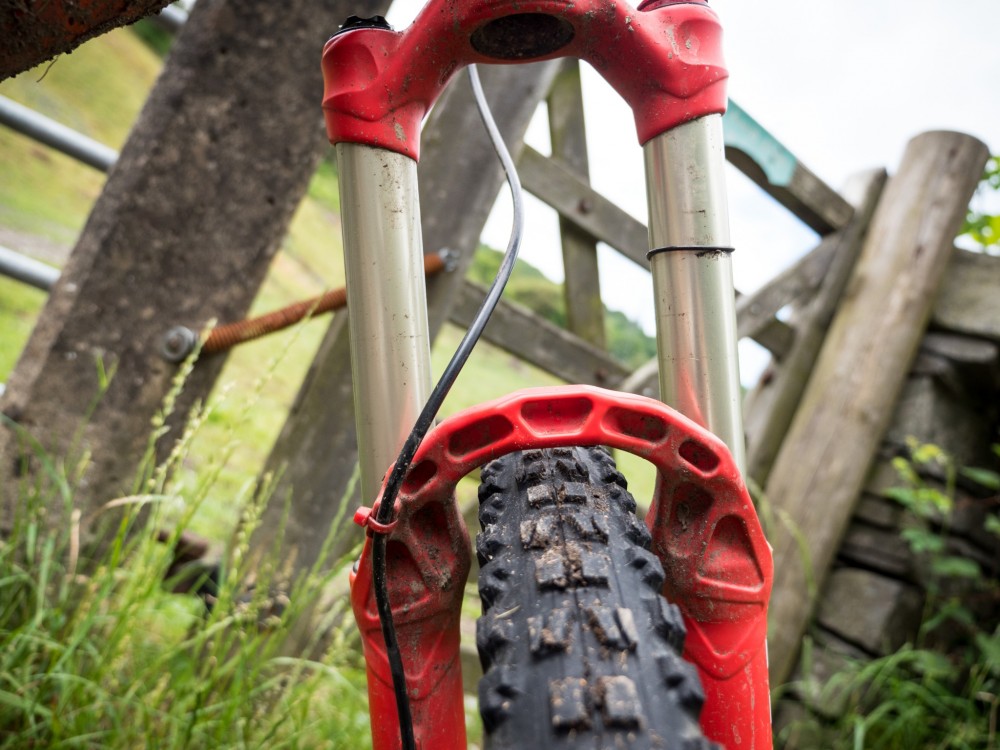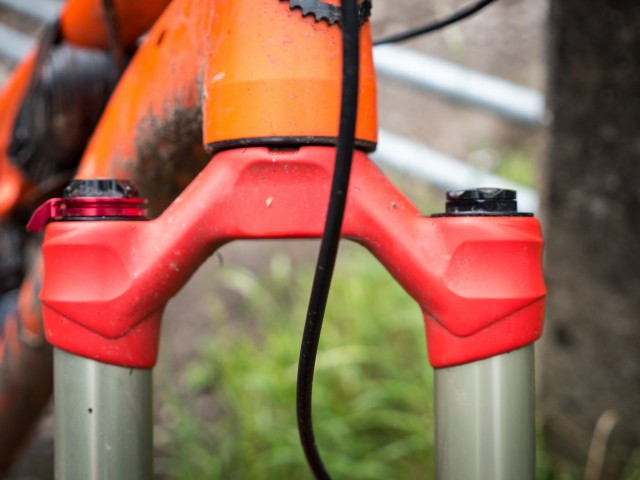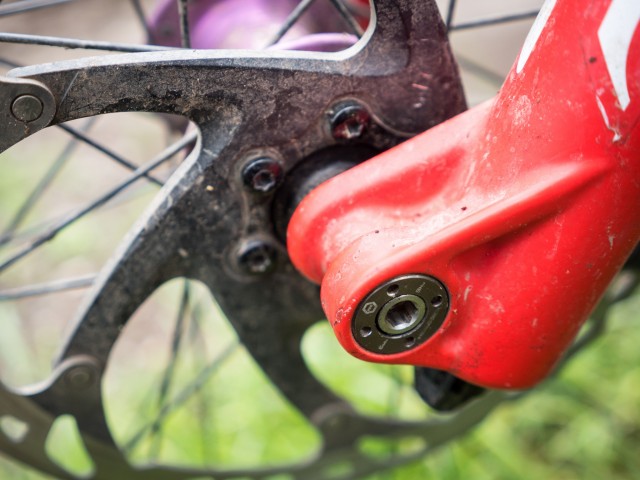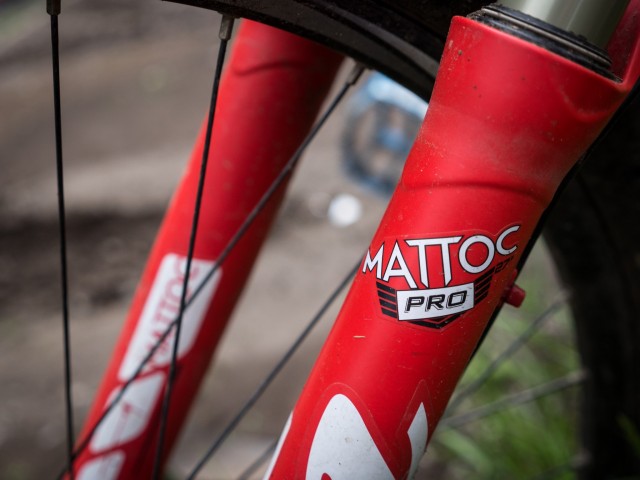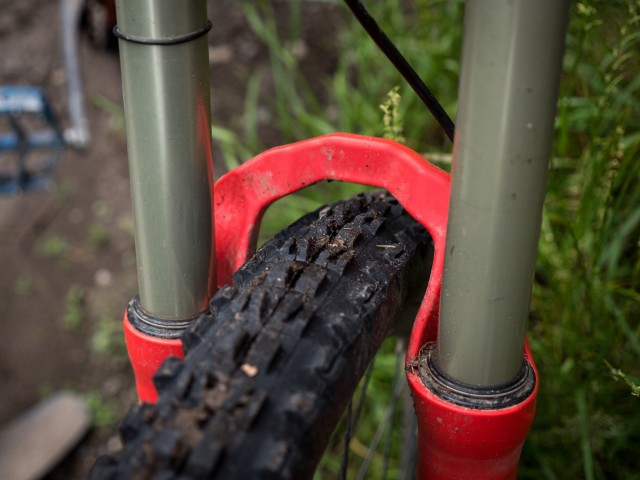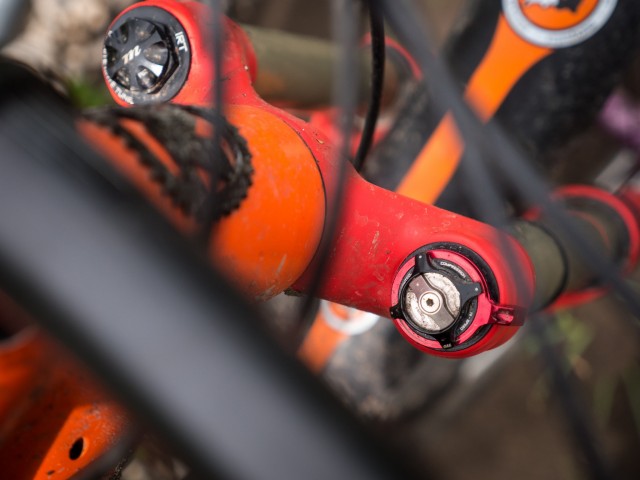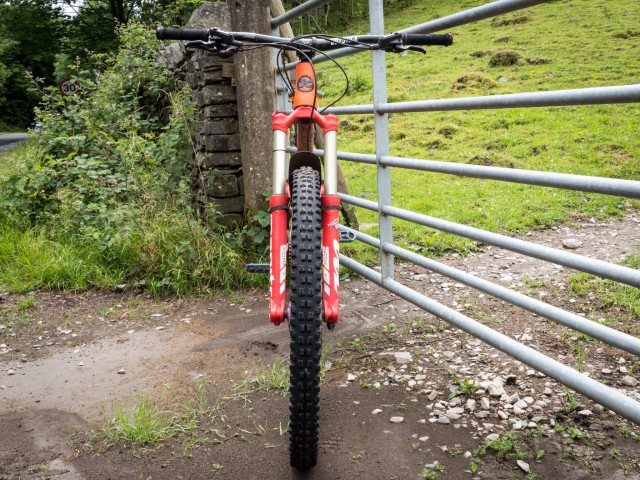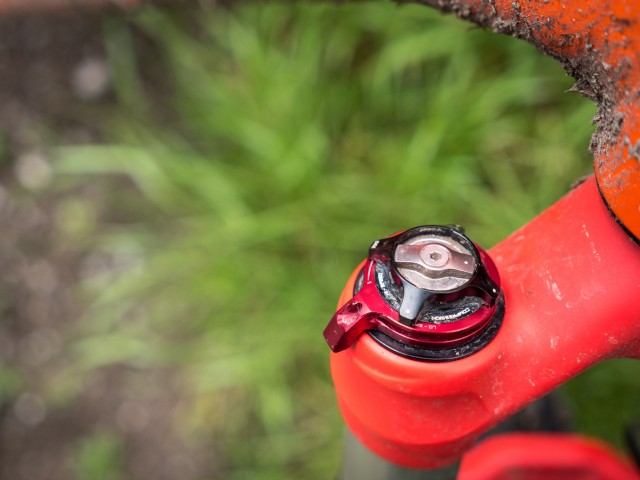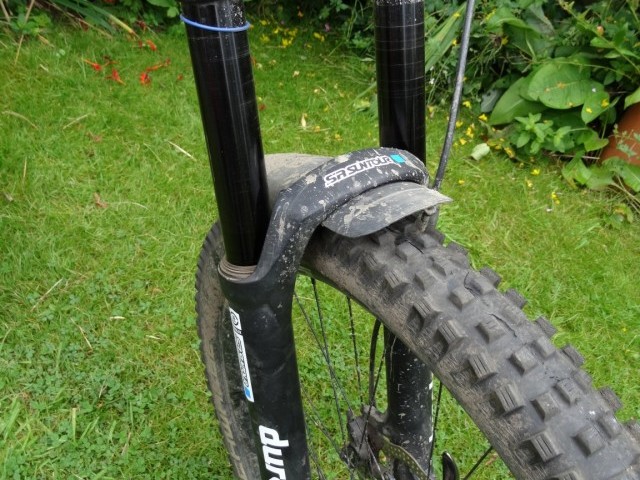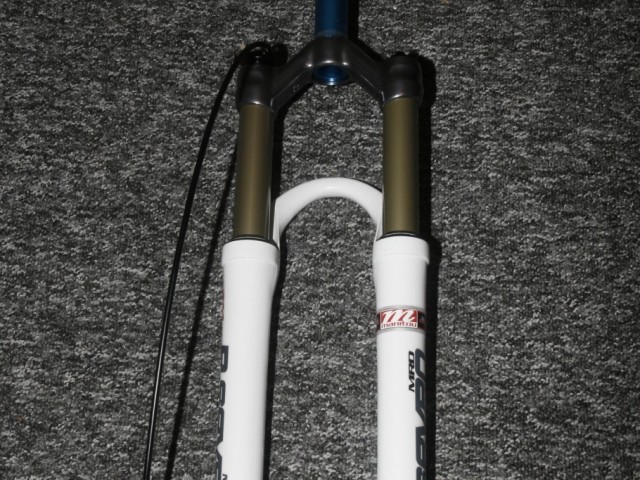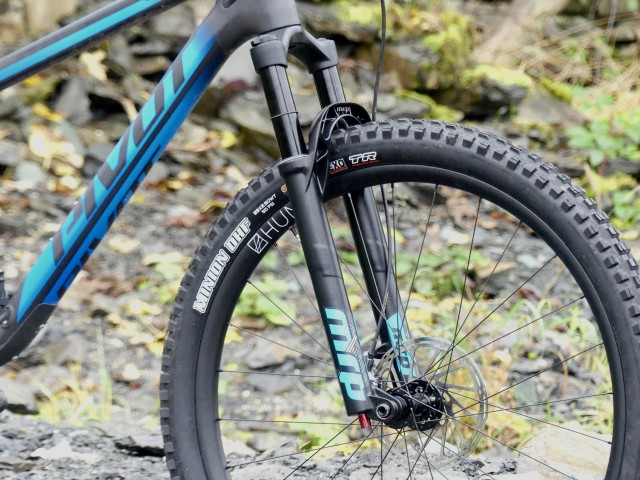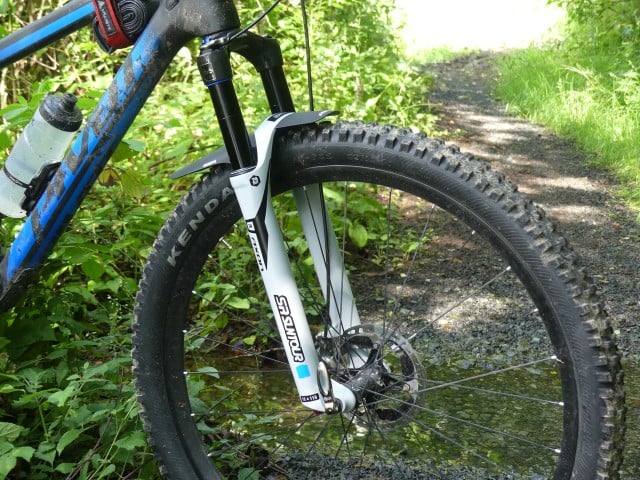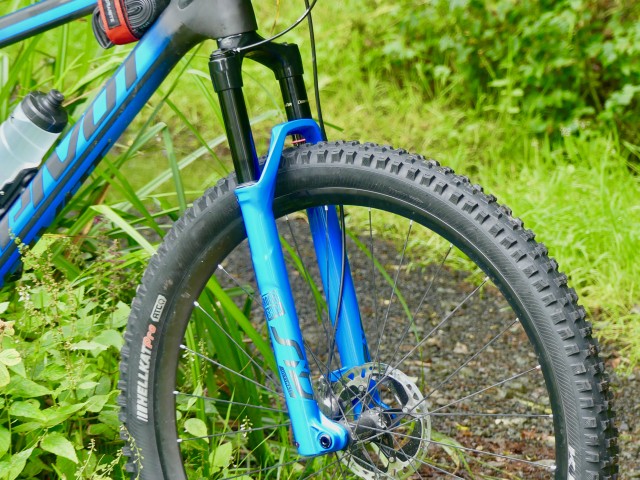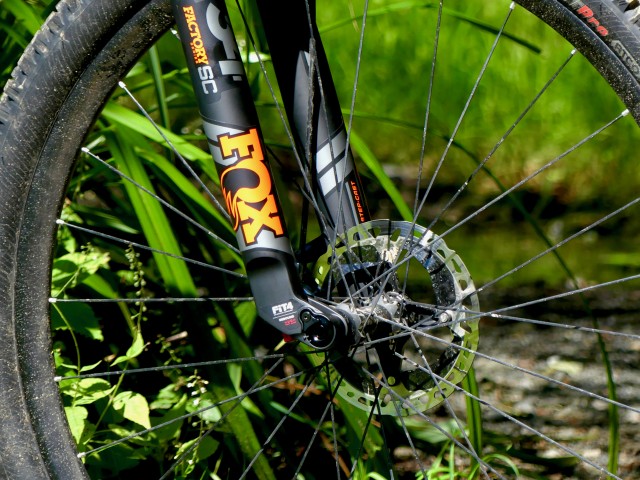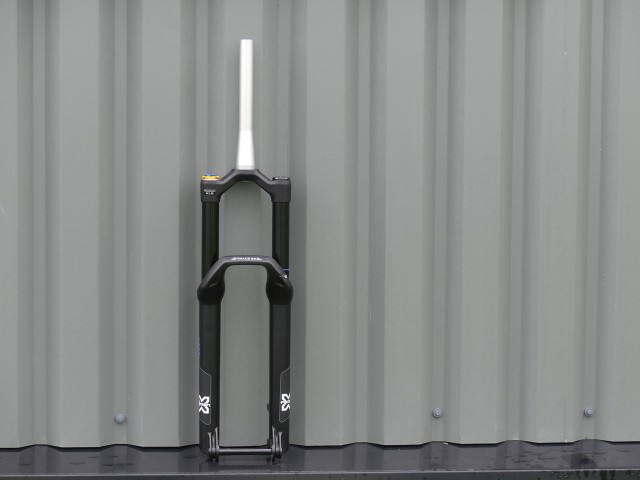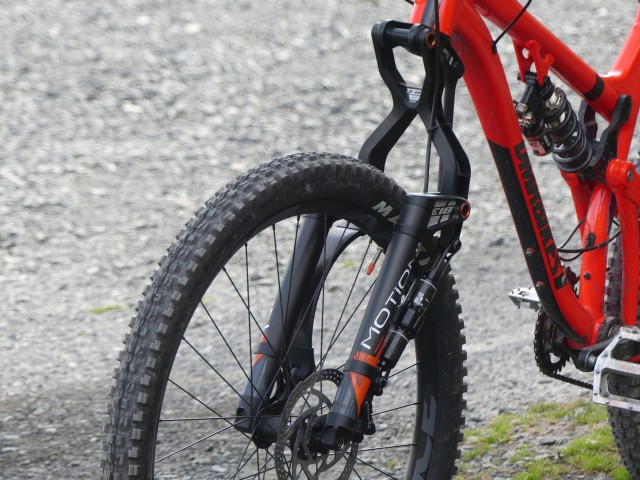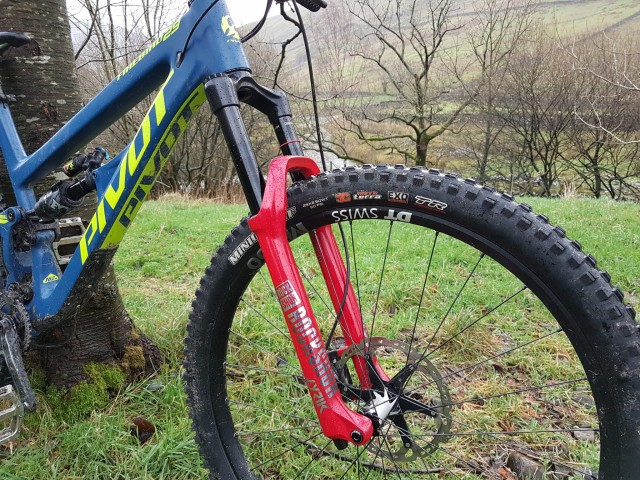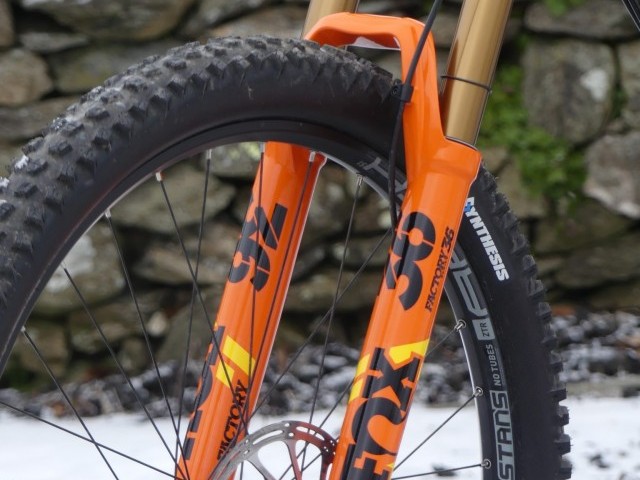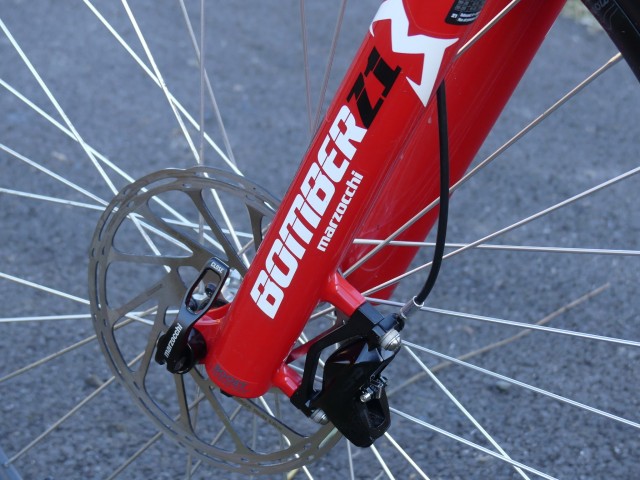At A Glance
Manitou have put the Mattoc out as a strong contender in the modern enduro fork market. In recent years Manitou were all but out of the public choice when it came to forks, with other brands stealing the show, however, the Mattoc aims to be a game-changer for the brand. While maintaining the classic reverse brace arch on the lowers, the internal technology of the fork has a combination of new approaches and superb technology brewed from the Dorado, the effective and high-performance DH fork. The Mattoc is aimed at the Enduro/All Mountain market and with their DH heritage and big hitting experience they should definitely be up to the job.
Buy Forks on
The standard Pro model Mattoc, comes with Manitou’s own design quick release axles and a token system to control the ramp and bottom end of the suspension. The set I was running also had the IRT (Infinite Rate Tuning) kit installed that provides an extra air chamber at the top of the fork that allows adjustment to the Nth degree.
On the Trail
I was running the Mattocs on a 153mm travel Kona Process and rode them on a vast selection of trails; fast flowing descents to rocky mountain trails and big drops all in equal measures and never felt under pressure. The Mattoc seemingly took it all in its stride and really held its own.
When getting them set up initially, you can set the pressure for your mid stroke firmness, before then setting the main pressure of the fork. This allows you the freedom to run the main pressure lower, with a greater sag. Not only does this make the forks feel comfortable and playful straight off the bat, but also enables them to react quickly and smoothly to small bumps. Once compressions get larger, the IRT chamber matches that of the main body of the fork and works in unison to handle the larger bumps and compressions. Although the additional cost of the IRT system brings the overall price more in range with higher end options in the market, I think it is a worthwhile add-on that allows you to make the most of the air sprung shock.
I was also running the tool-less axle option on my set, which although adds an extra job to the removal and installation of the wheel does save weight, to the tune of 42g. This is close to half the weight of the standard axle and also adds additional stiffness to the setup. This could be a welcome option to the fork for the heavier hitters among us. Sporting a 34mm stanchion, which is smaller than many other enduro forks, does mean that when really pushed to its limits the fork does show some flex. Although the stanchions are a touch thinner than some of the others on the market, the extensive tuning ability and plush, linear travel seemingly made up for this. On the trails and battling through the rougher stuff the Mattoc really held its own, holding up and tracking, as I’d hope from a 160mm fork. Combined with the excellent small bump sensitivity and stiff tracking the fork executed at lower speeds, tech riding and climbing.
While people may assume that the technology borrowed from the Dorado means a DH fork just scaled down to a 34mm single crown fork, this is not quite the ticket. They do however use a similar twin piston chamber, which puts the high and low-speed compression together in one leg and have transferred the Hydraulic Bottom Out (HBO) tech into the more compact package. Although not the first company to do this, they are the first to include an external adjuster for the system, allowing the user full ability to tweak settings on the run. The HBO adjuster means that you can run less pressure for a plusher, more comfortable ride but still avoid the harsh bottom end of the travel on bigger hits. The HBO also allowed me to get away with some pretty harsh landings and drops to flat, where although I used full travel there was not excessive load to the cockpit, ramping up the HBO can also reduce how much of the travel you would use on the same drop.
As well as the HBO, you can also adjust the high and low-speed compression via the three dials on top of the right-hand fork leg. Although a little fussy initially, especially to look at, the freedom to alter your set up to suit the trail, from big hitting descent, to long flat climb without ever having to discount is a serious plus in anyone's book.
Overall
The Mattoc Pro puts Manitou back as a serious contender in the modern fork market. If you can get over the cries of “Mate, your forks are on backwards!”, and are not in the market for a fit 'forget and forget' kind of fork, these should be high on your list. Although, I’m sure if you set them up for you and your riding and left them to it they would do the job, to really make the most of this fork you need to use the available adjustments. They are a loud fork in terms of colours, but they’re worth shouting about (also available not in Red, although the violent clash with my orange frame seriously did it for me.) The adjustability and infinite control you have with these forks is great, and if you’re the kind of rider who likes the stats, and really dialling in your setup, then these, especially with the available upgrades, are the obvious choice. A hard-hitting fork that will be just as at home smashing through boulder fields as it will be on tight rooty descents.

This review was in Issue 42 of IMB.
For more information visit ManitouRelated
By Ewen Turner
Ewen Turner is a self-confessed bike geek from Kendal in the Lake District of England. He runs a coaching and guiding business up there and has a plethora of knowledge about bikes with an analytical approach to testing. His passion for bicycles is infectious, and he’s a ripper on the trails who prefers to fit his working life around his time on the bike.

